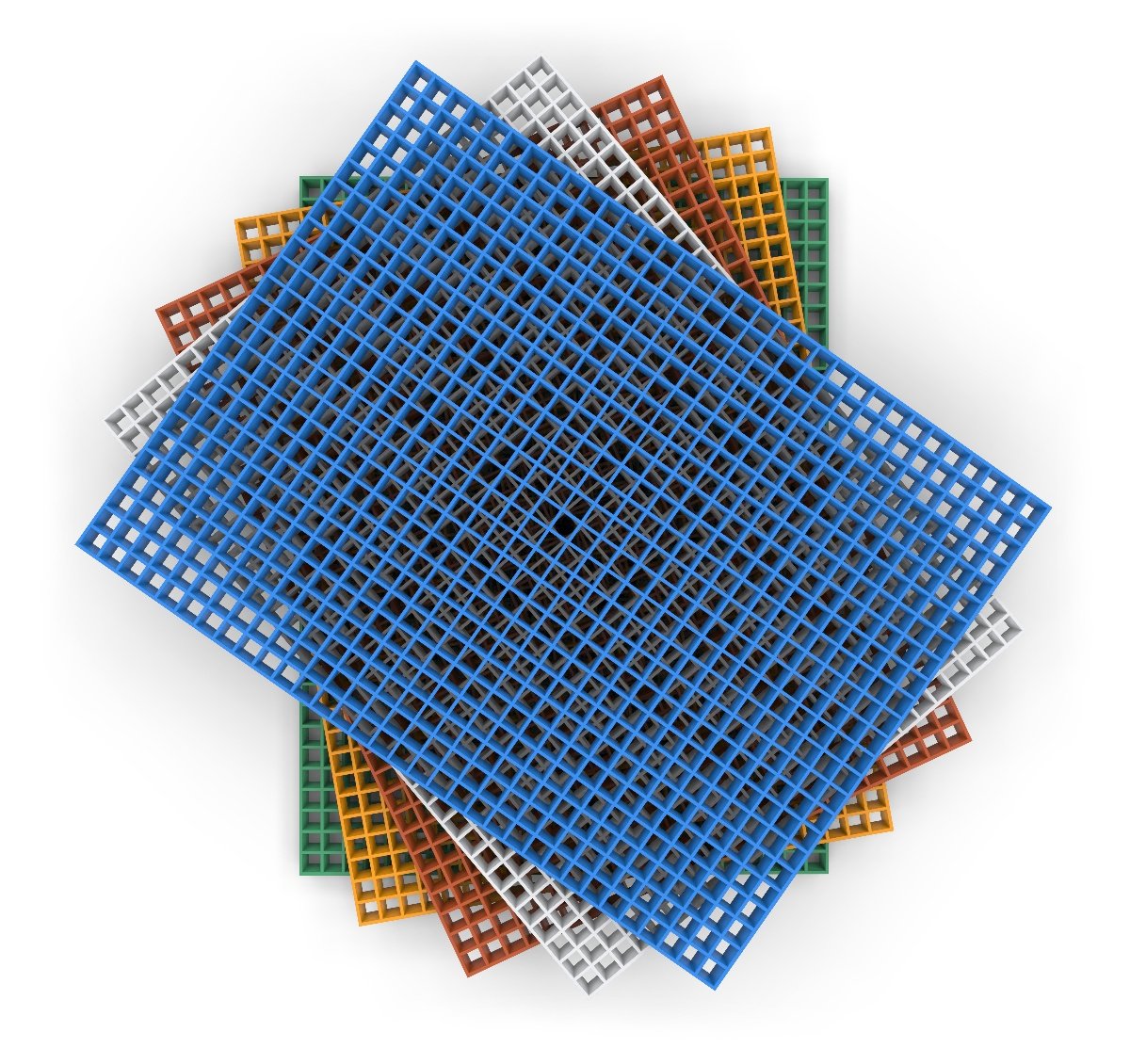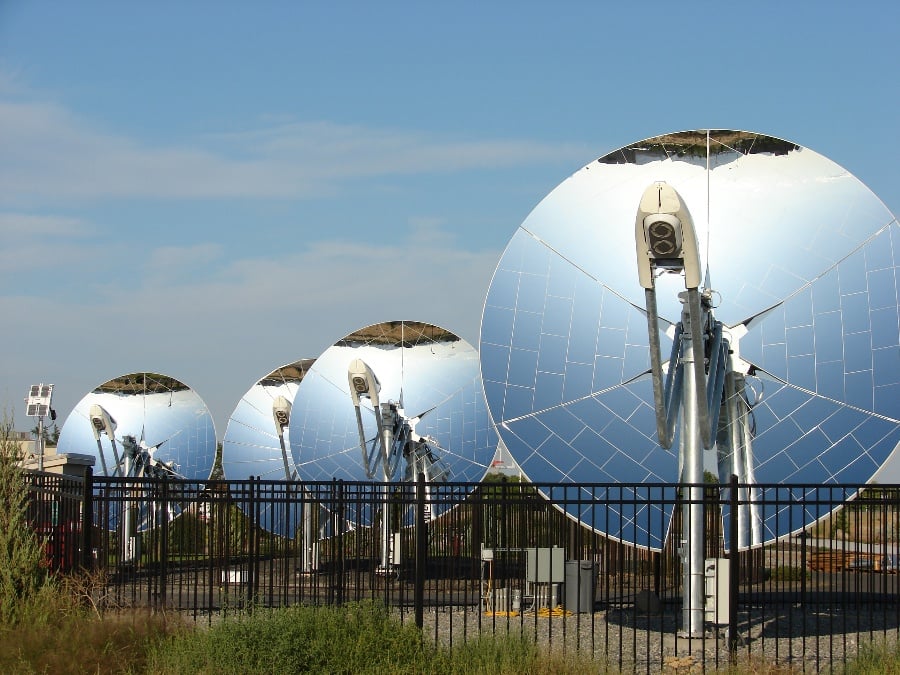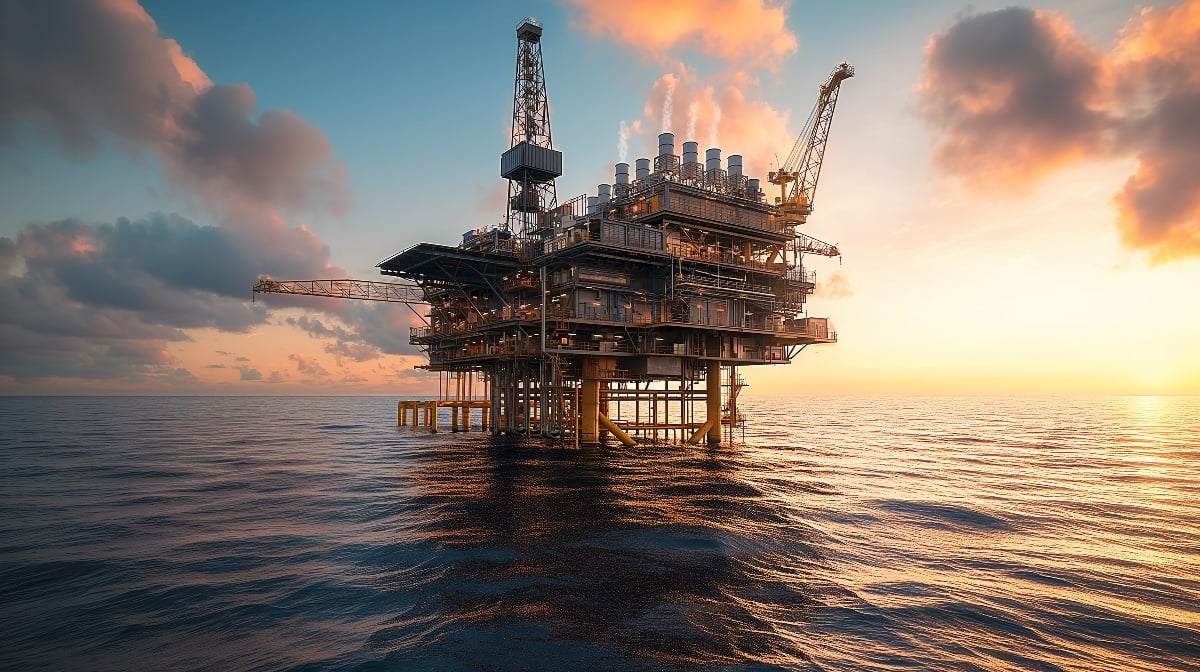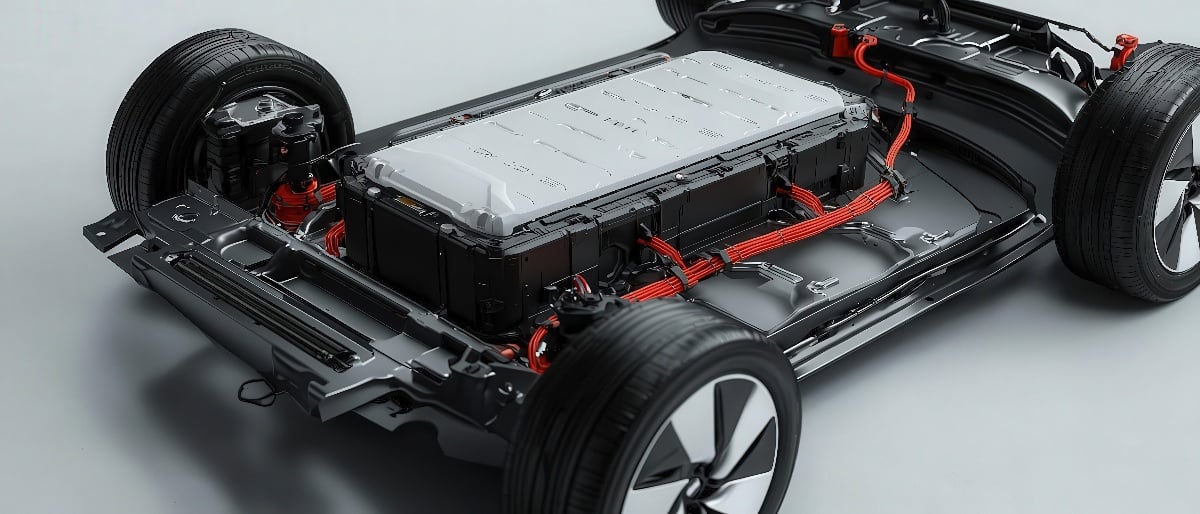
One of pultruded fiberglass' greatest benefits is its relative simplicity, requiring just two basic ingredients to manufacture: glass fiber and polymer resin. The fibers are responsible for providing strength and stiffness.
The resin, meanwhile, hold the fibers in place, while also ensuring adequate load transfer and protecting the fibers from degradation.
Yet the resin used in pultruded fiberglass also contains secondary additives meant to improve performance in various ways.
Without such additives, it would be much more difficult to ensure optimal strength and long-term durability.
This article investigates seven beneficial effects of resin additives used today by fiberglass pultrusion manufacturers.
Inhibition of Oxidation
Most of the resins used in the pultrusion process — for instance, polyester, vinyl ester, and epoxy — are chemically inert.
Yet that doesn't mean that they are completely free from the threat of chemical degradation as time goes on. Virtually all types of resin are subject to the process known as oxidation.
The rate of oxidation varies depending on factors such as temperature and the amount of environmental oxygen present.
Over time, polymer oxidation may result in a marked loss of strength, as well as discoloration and other aesthetic problems.
To boost fiberglass' resistance to oxidation, manufacturers commonly add one or more antioxidants to the resin mixture.
Improved Fires Resistance
Because the glass reinforcements in fiberglass are inorganic, they possess a natural degree of immunity to fire. Yet the same cannot be said of the polymer resin.
While variations in flammability do exist between different resins, virtually all of them will combust under certain circumstances.
Manufacturers almost always use additives to boost the flame resistance of fiberglass.
A range of different additives may be used, including halogenated flame retardants, boric acid aluminum Trihydroxide (ATH), ammonium Polyphosphate (APP), and others.
In addition to reducing flammability, flame retardants must also achieve the following goals:
- Limit flame spread
- Self-extinguish open flames
- Reduce burn-through rates
- Lower the amount of heat released during combustion
- Ensure minimal smoke generation and smoke toxicity
In order to cover all of these bases, different flame retardant solutions are often used in conjunction with one another.
Reduced Shrinkage
During the pultrusion process, fibers coated in wet resin pass into a heated die, which both presses them into the appropriate shape and causes the resin to rapidly cure.
Unfortunately, the die's extreme temperature often leads to an unwanted side-effect: resin shrinkage. In fact, resin may shrink by as much as 8 percent while it cures.
Shrinkage involves dimensional loss that can cause products to fall outside of acceptable tolerances. Likewise, shrinkage can negatively affect the appearance of fiberglass components.
Manufacturers can often reduce the amount of shrinkage in numerous ways, including through the use of certain additives such as aluminum powder, talc, or thermoplastic polymers dissolved in styrene.
Better Antistatic Resistance
Although fiberglass is naturally nonconductive, it may still accumulate static electricity. If the amount of static grows large enough, it may spontaneously discharge, potentially leading to a combustion event.
This kind of occurrence presents an especial problem for fiberglass containers used to hold gasoline, oil, and other highly flammable products.
By incorporating antistatic additives into a resin, manufacturers can significantly reduce the tendency of fiberglass to accumulate electrostatic charges.
Antistatic additives reduce surface conductance by allowing electrical charges to dissipate harmlessly before they reach dangerous levels.
Common antistatic additives include polyether agents such as polyethylene glycol, polypropylene glycol, and glycerol polyether.
Increased UV Resistance
Fiberglass components that spend significant amounts of time in outdoor environments will face another potent source of degradation: ultraviolet radiation. UV degradation may manifest in a number of ways.
To begin with, UV rays can negatively affect the appearance of fiberglass, leading to unsightly discoloration, loss of surface gloss, and other problems.
Even more seriously, UV exposure will eventually cause fiberglass to begin breaking down on a structural level.
As the strength of the fiberglass decreases, cracks and disintegration may soon ensue. The material strength of affected structures will be seriously compromised, and outright failure may also occur.
Fiberglass manufacturers can increase ultraviolet resistance by adding benzophenones and other UV stabilizers to their resin.
Such additives effectively absorb UV radiation, thus preventing it from breaking down the polymer resin. Instead, the additives ultimately release the UV radiation in the form of low-level heat.
Improved Material Toughness
Strength expresses the ultimate amount of stress that fiberglass (or any other material) can withstand without breaking.
Just because a material has high strength, it won't necessary enjoy a long lifespan. Exposure to low-level yet routine stresses may eventually overcome its physical integrity, leading to component failure.
Toughness is a metric used to paint a more nuanced picture of a material's ability to withstand routine stresses over the long term.
Manufacturers commonly use resin additives to improve fiberglass flexibility — and hence toughness. In particular, rubber and related elastomeric products tend to deliver noticeable toughness improvements.
Easier Removal From Die
One of the key benefits of the pultrusion process is that fiberglass can be manufactured continuously.
This increases the ease of production, while minimizing downtime and decreasing the amount of labor needed. If problems occur at any point in the pultrusion assembly line, however, production will grind to a halt.
One common source of problems involves difficulties in removing the cured fiberglass from the die. To facilitate this removal, manufacturers often incorporate special release agents into the resin.
Common release agents include waxes, fatty acids, and metallic stearates. Aside from making it easier for the fiberglass to exit the die, release agents have a number of other benefits as well.
For one thing, they help to keep the pultrusion mold clean. Without release agents, resin can sometimes harden onto the inside of the mold.
Until removed, such deposits negatively affect the dimensions and appearance of the fiberglass. Release agents also help to protect the metal die against corrosion, thus extending its functional life span and ensuring optimal consistency.
Additives are a core part of the resin design process. Manufacturers must consider not only what additive benefits are most important to them, but also how those additives will interact with each other and affect the overall quality of the fiberglass.
For more information about how fiberglass pultrusion manufacturers optimize product quality, contact the industry experts at Tencom Ltd.














